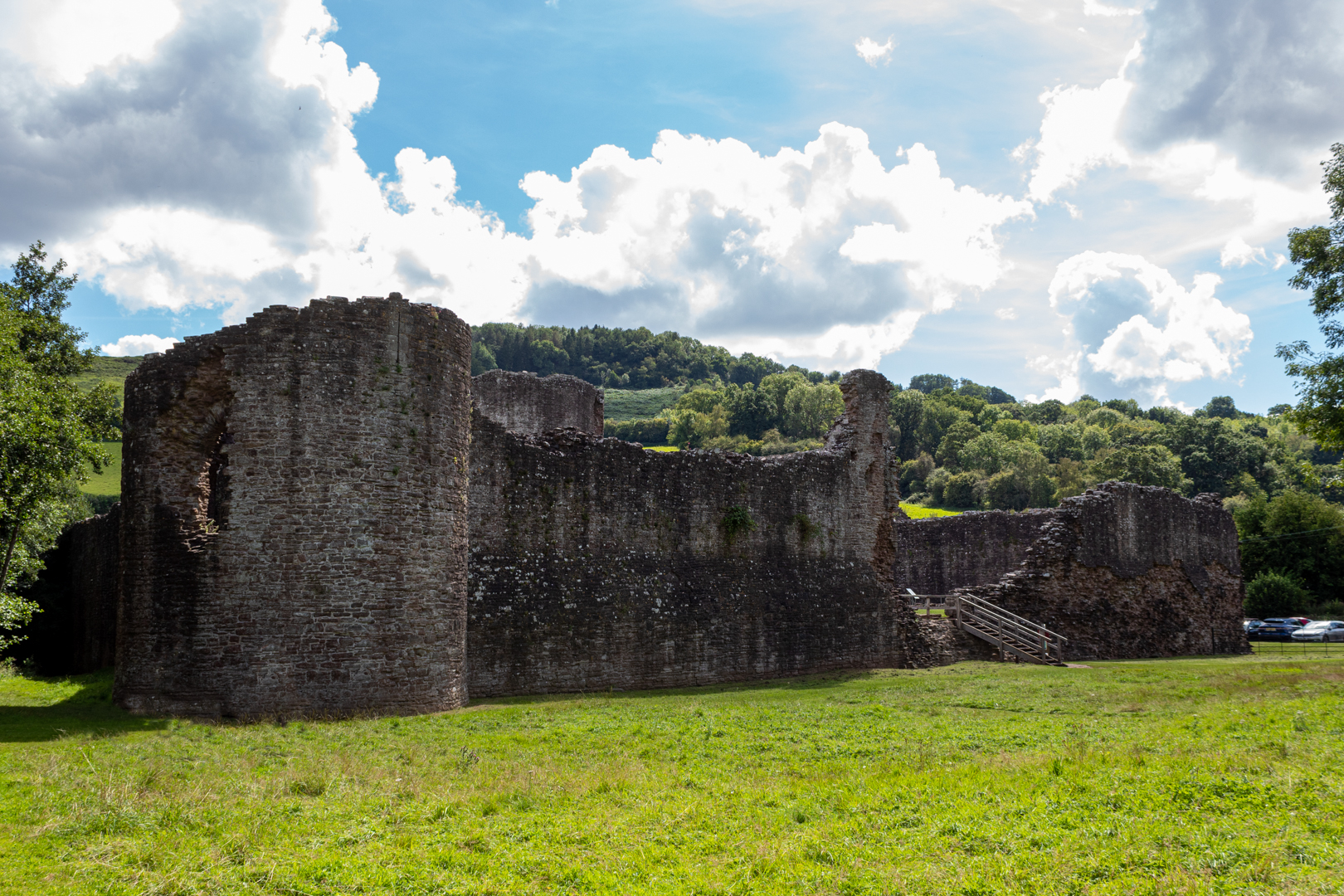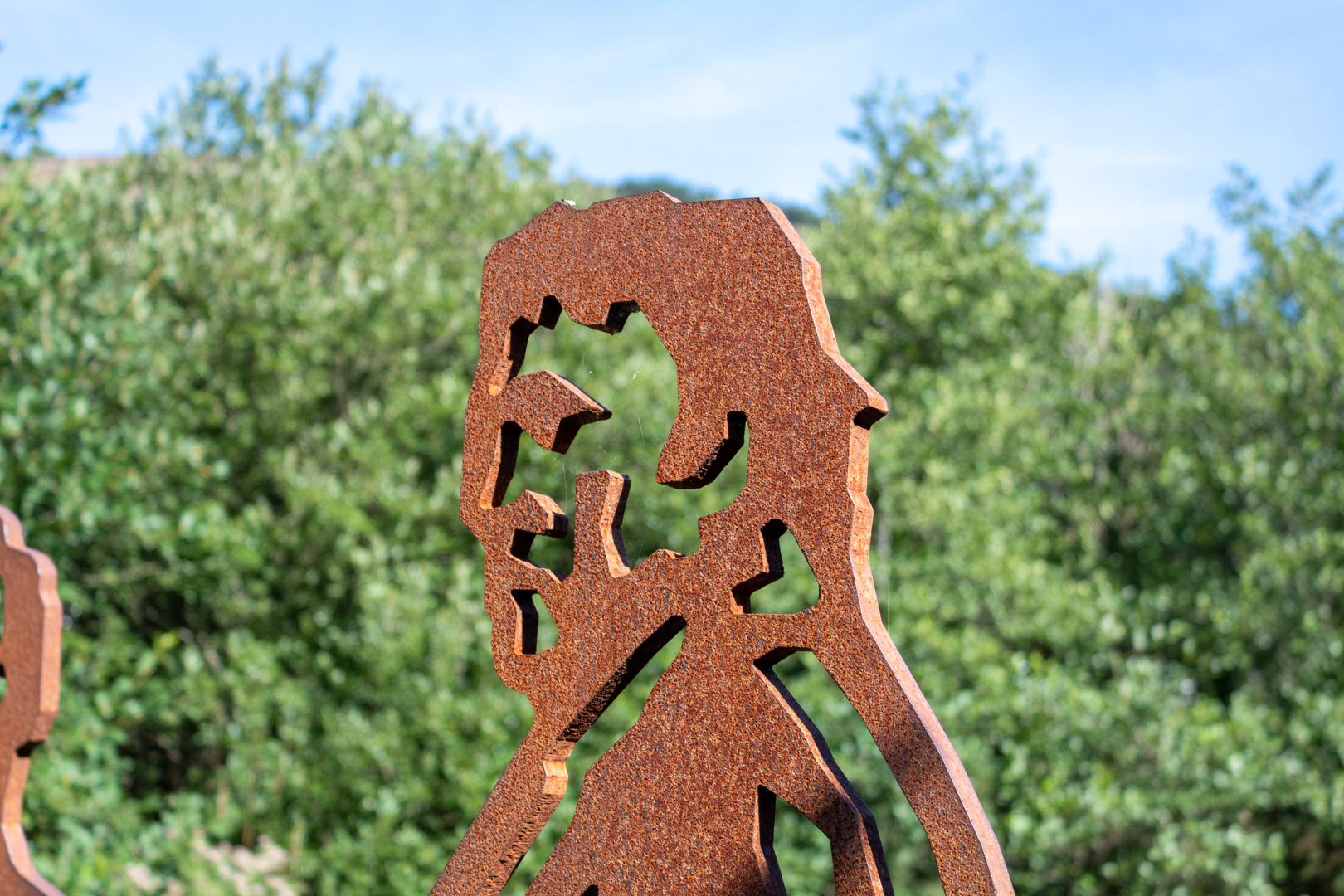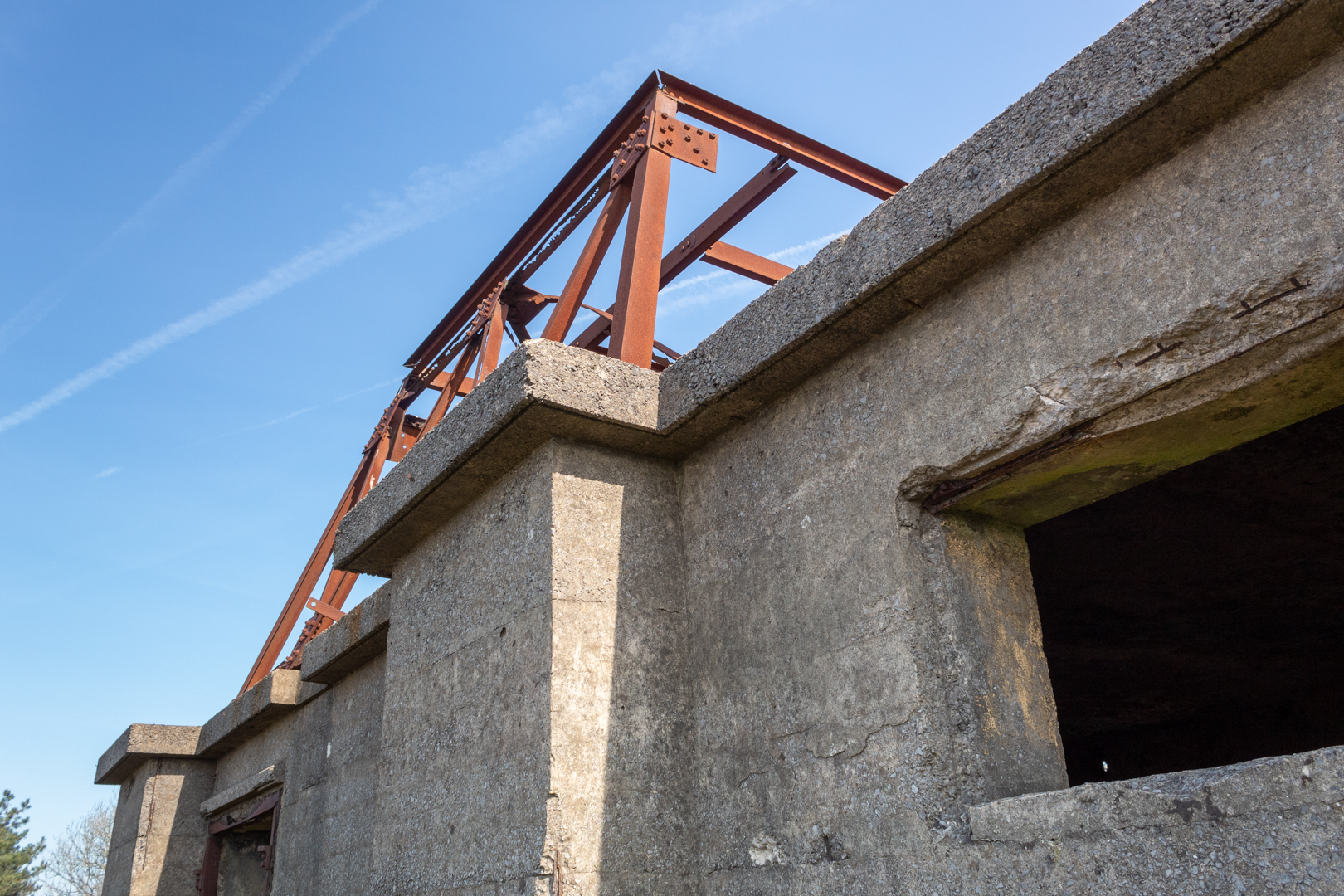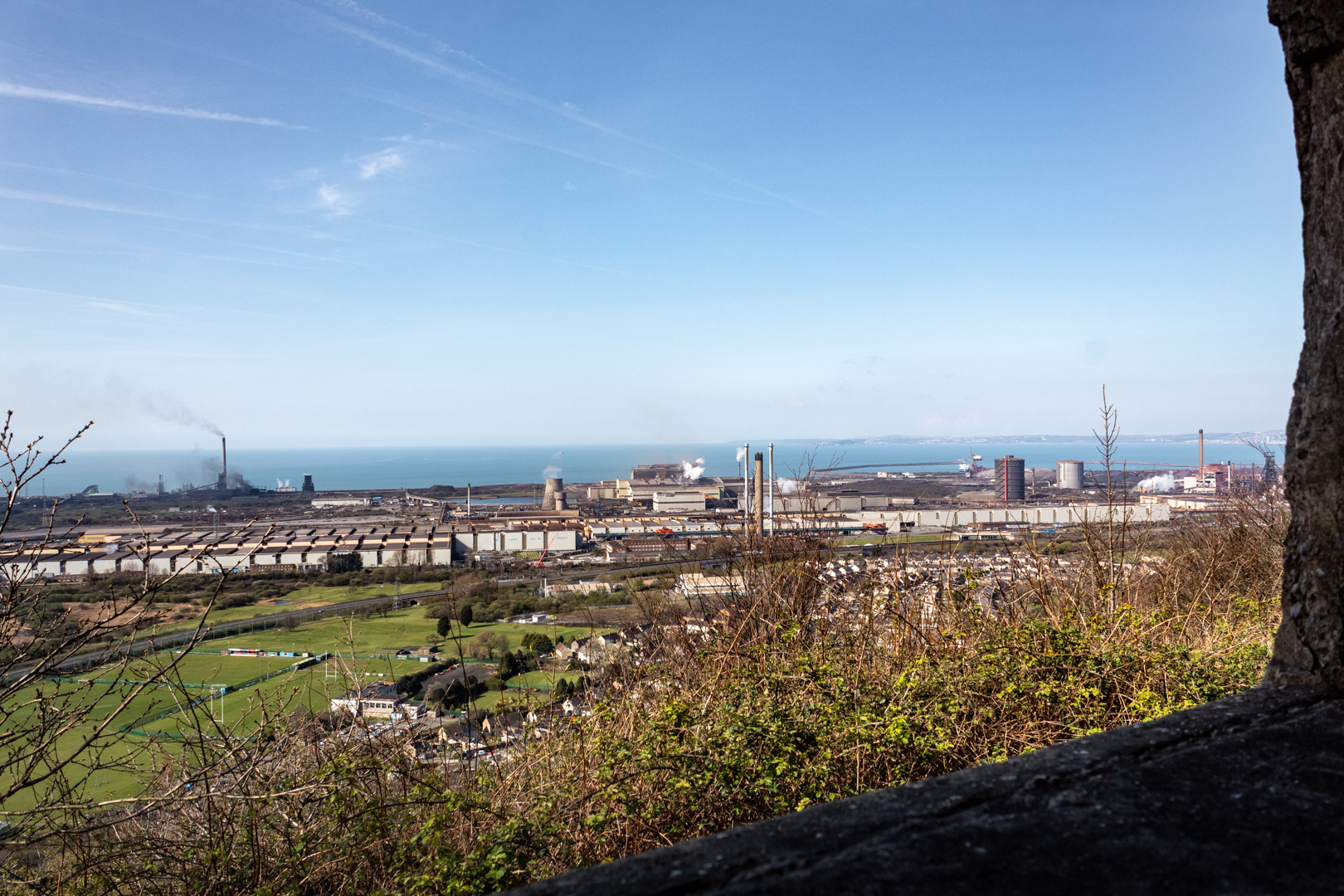Cenarth is a small village on the border of Pembrokeshire, Ceredigion and Carmarthenshire.
The focus of the village is Cenarth Falls, a series of small waterfalls and pools
on the river Teifi known as The Salmon Leaps.
Visit Date September 2023
The waterfalls are one of the first real barriers to salmon and seatrout on their way up the Teifi from the sea to spawn.
There has been a mill on the south bank of the river at Cenarth since the 13th century when Cenarth Mill came into the possession of Edward I when he became Lord of the Manor of Cenarth.
The mill holds a secret in its base. There is a trap door in the floor and it is said that the miller would open the door and catch the salmon that were leaping there. The catching of salmon here was illegal but despite this, there was a lot of poaching of the fish, especially at night.
Light round boats, called coracles here in Wales, would often be seen on the river in the autumn nights with their occupants poaching the fish.
As well as the falls at Cenarth the other main feature of this small town is the bridge over the River Teifi at Cenarth that joins two counties, Carmarthenshire and Ceredigion and has existed at least since 1188 when it was mentioned in the writings of Gerald of Wales.(a royal clerk to the king and two archbishops, he travelled widely and wrote extensively).
The design includes two cylindrical holes 6 ft (1.8 m) in diameter, one on either side of the central span. The holes were included in the design while reducing the overall weight of the structure they also allow floodwaters to pass through them, instead of going over the top of the bridge: In these images, the water appears to flow under the southern arch only however, when in full flood the Teifi flows through all three arches.
This feature was used by Edwards's father William, who used six holes in the Old Bridge at Pontypridd to reduce the weight and pressure on the centre section.
Footer:Visit Information: -
Google Reference: -
52.04573152490105, -4.524292938371246
Google search term:
Cenarth Falls
What Three Words reference: -
///shows.riper.correctly
OS Details: -
SN 27008 41592 Altitude:40 ft
Additional information.
Visiting Cenarth falls and bridge is very easy.
There is lots of parking here right on the river bank. (52.04578729006762, -4.525187301082359).
There are shops toilets and a very nice cafe adjacent to the car park other also other amenities close by.

















































